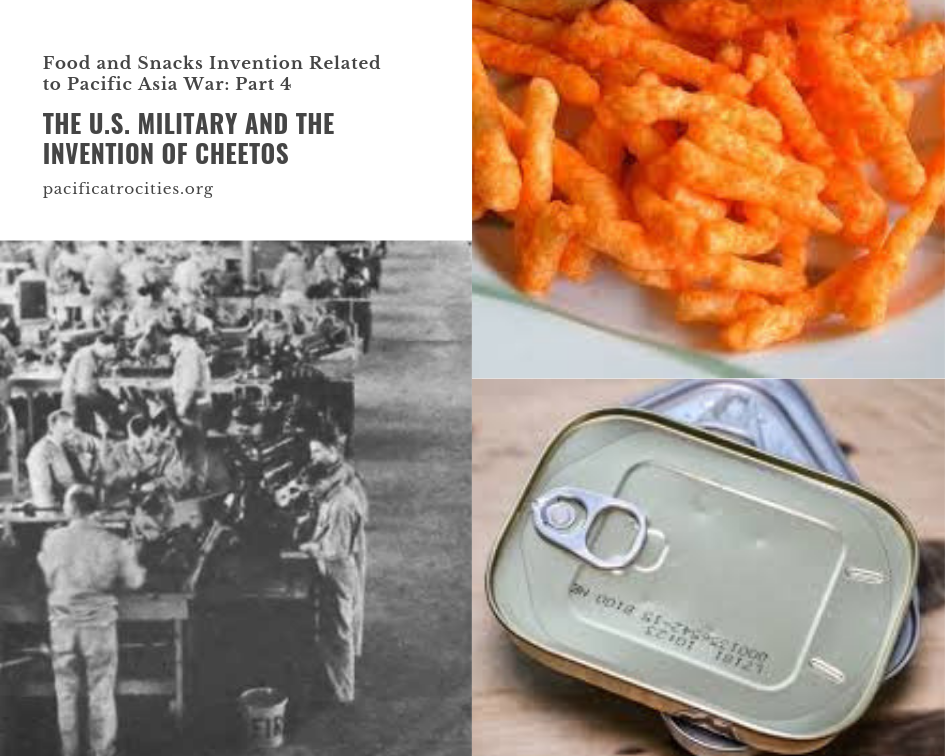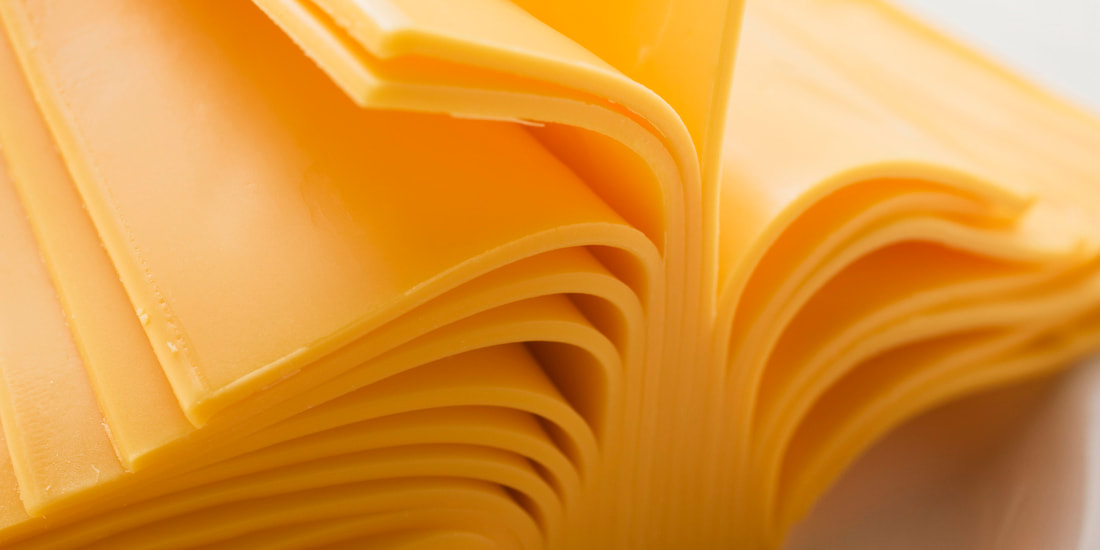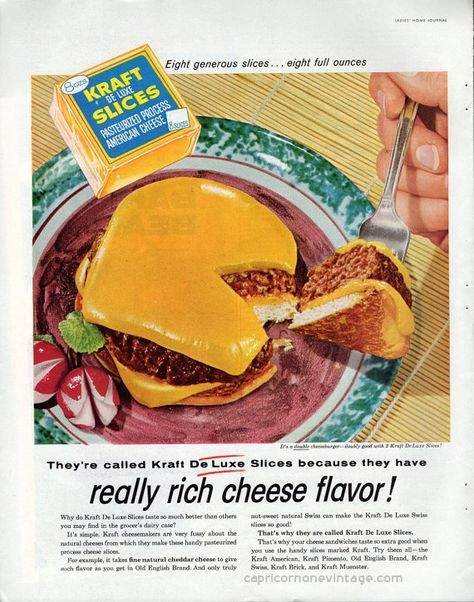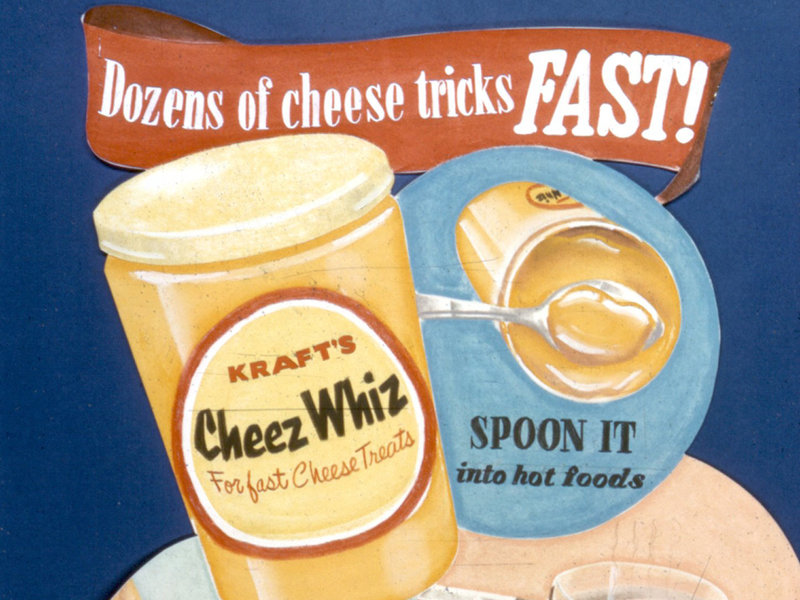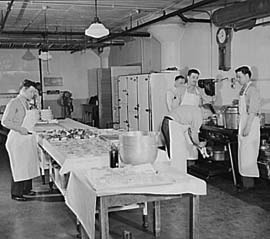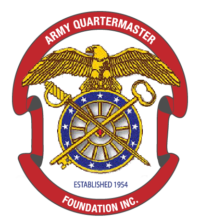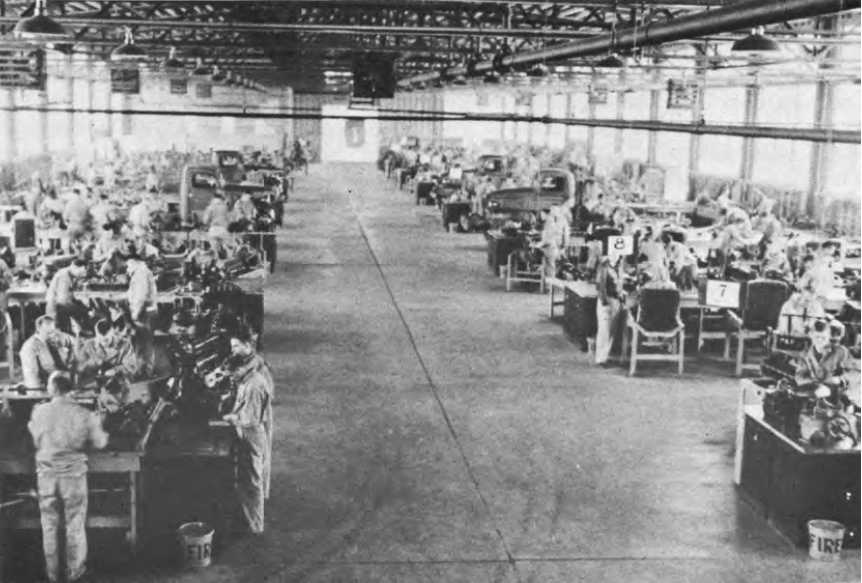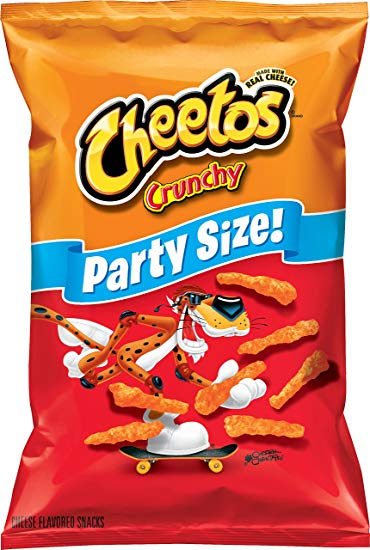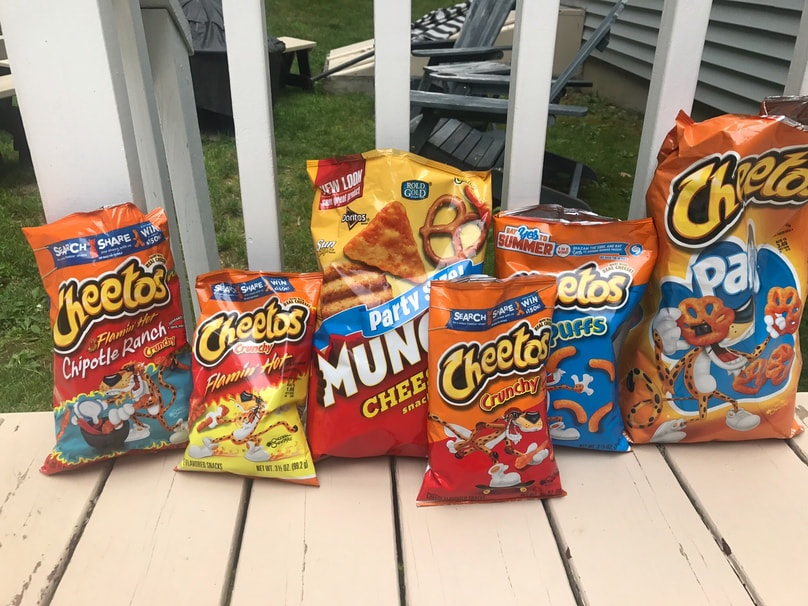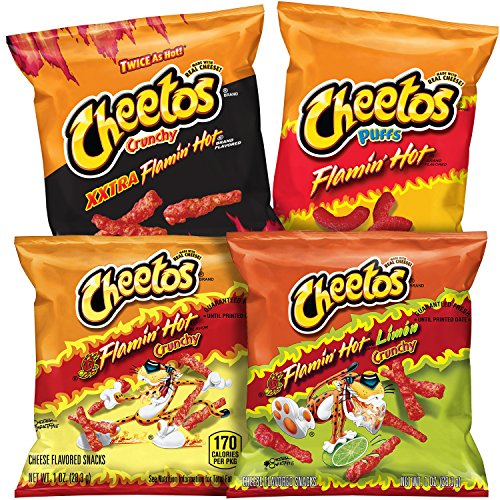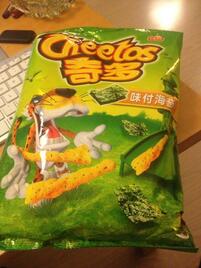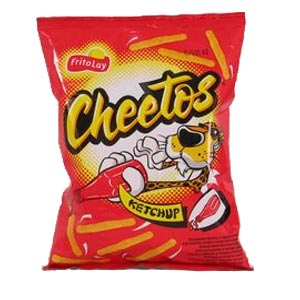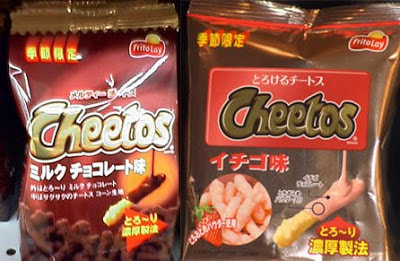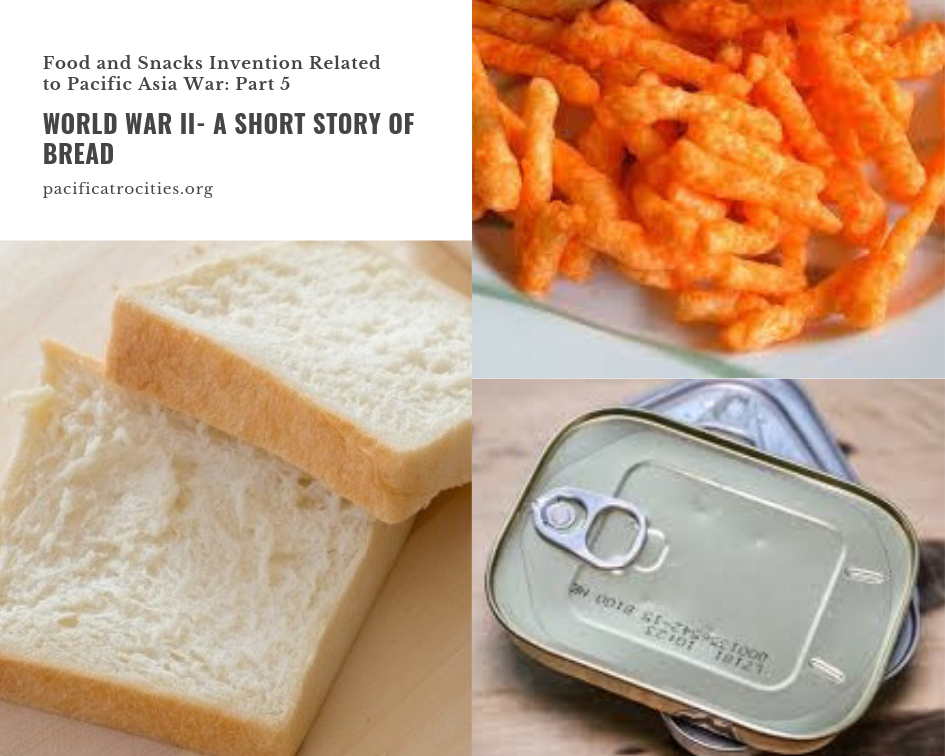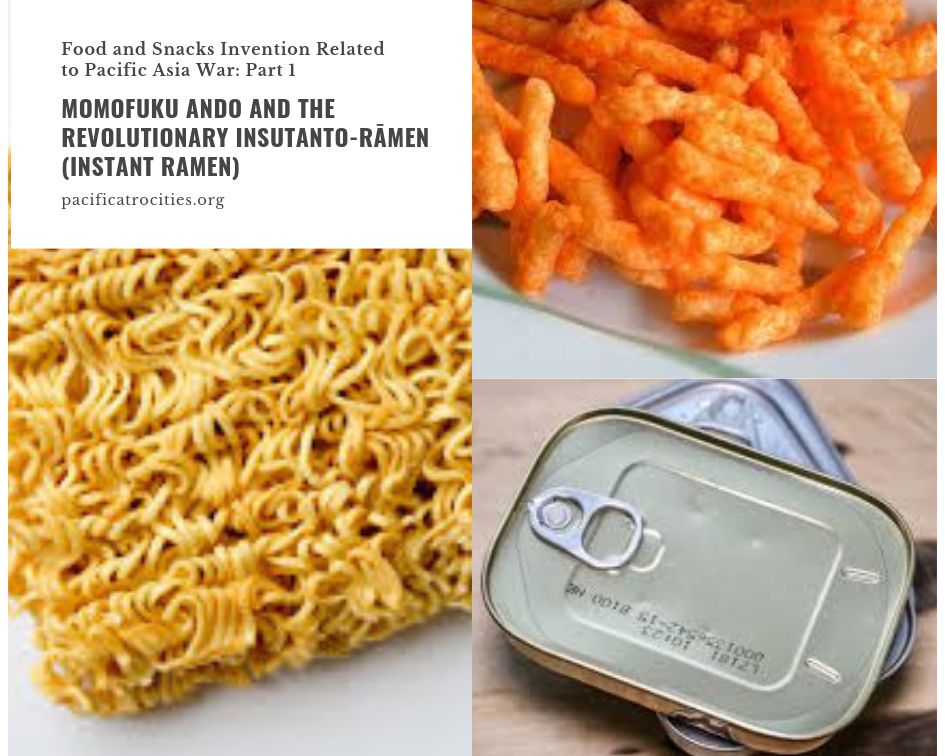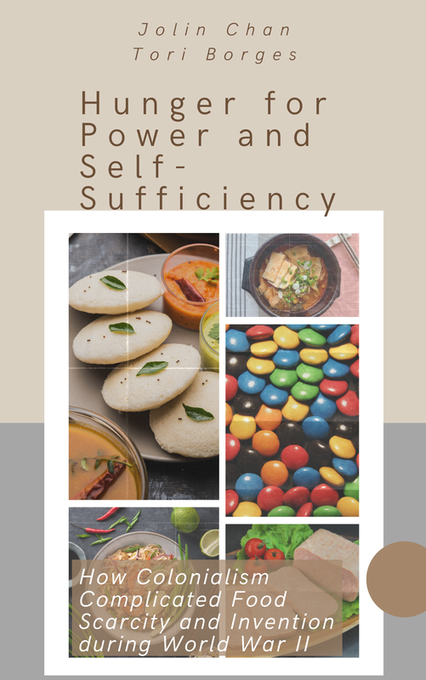|
by Nickii Wantakan Arcado The early 1900s marked a breakthrough in how the world produced and consumed cheese. Emulsifying salts, invented by Walter Gerber and Fritz Stettler, was a type of chemical that disperses water-phobic caseins through the exchange of sodium for calcium. (continued) This would then allow smaller particles to diffuse and suspend in liquid. While that entire sentence might have been a bit scientifically worded, in basic terms, the emulsifying salt allows you to control the property and textural component of whatever it is you mix it with. Traditionally, this was used in cheese. Melting cheese with emulsifying salts would create a cheese-like product that was homogenous. The cheese would then be able to withstand extremely high temperature and had an extended shelf life compared to their basic counter-party. This was the first creation of processed cheese. What was even more impressive, was that this processed product was capable of being made and sold at an incredibly low price, as one could simply use leftover bits from cheese wheels or other machinery. Both Gerber and Stettler would never guess their idea of process cheese would become as influential as it is today. (Have you seen how many products have process cheese in them?) This technology soon was soon adopted by food companies in the U.S. In one instance, the U.S. military purchased over 25 million quarter pounds of white cheese tins from the company. Some historian credit this purchase for the rise of Kraft’s eventual dominance in the processed food industry to this day. By the onslaught of the Second World War, all branches of the United States military consisted of cheese; cheese on toast, cheese sauce for vegetables and potatoes, and cheese toppings for pasta. However, the U.S. military during this time also sought to find new ways to create and package meal kits for soldiers. This led to military funding for research in shipping and cheese storage. The research was pioneered by the Quartermaster Corps’ Subsistence Research Laboratory, who focused their attention on dehydration and compression. To do this, scientist removed heavy water and reduced the volume of cheese within a serving of whatever product they were testing on. Under USDA dairy scientist, George Sander’s direction, the cheese was then dehydrated via drying chambers, pounded into bricks and then eventually fine dust. This was the creation of cheese powder. By the end of the war, the Quartermaster Corps not only had warehouses full of food, but their distribution center was still churning out goods for troop members. As a sudden withdrawal of wartime contracts with food companies might have drastic economic effects, the government decided to create a temporary federal agency—the Surplus Property Administration—that sold off Quartermaster Corps food at bargain-basement prices. The agency first started with the dairy business as they had an excess of powdered cheese that was flexible enough to be used by itself or for flavoring. Not only was the shelf life of this newly created product extremely attractive to food corporations, but a new trend of ‘snack foods’ were also beginning to hit the market. Indeed, in 1948, the Frito Company (Frito-Lay in 1961) debuted the U.S.’s first cheesy snack food, using the cheese powder purchased through the U.S. military. Created by Charles Doolin by extruding cornmeal and water, puffing, firing, then coating the merely finished stick with the dehydrated cheese, he created one of the country’s most beloved cheese snacks; Cheetos! In 1986, the Cheetos current mascot, Chester Cheetah was created by art director and designer Brad Morgan. While he took creative control on the mascot’s commercials, Stephen Kane wrote the original scripts which consisted of the cool, sly, mascot using slogans that include "It ain't easy bein' cheesy", "The cheese that goes crunch!", and the current slogan, "Dangerously cheesy!". Check out the Cheetos diss track (video) to the Dorito’s Superbowl ad below. Today, the snack comes in a variety of flavors and shapes, including Flaming Hot, Chipotle Ranch, Cheeto Puffs, White Cheddar, and so much more. (This editor’s favorite snack of all time has to be the XXTra Flaming Hot Crunchy Cheetos for sure). In addition, as the snack is sold in more than 36 countries, flavor, shape, and composition have been adjusted to fit the region’s cultural preferences. Take for example Taiwan’s Seaweed Cheetos, Canada’s Ketchup, and who could forget the Strawberry Cheetos in Japan. Curious about other foods invented during WW2? Check out this post!References
Related ArticlesRead and Learn More!
1 Comment
|
- Home
- Stories
-
Internship
- Summer 2024 Internship
- Summer 2023 Internship
- Fall 2022 Internship
- Summer 2022 Internship
- Summer 2021 Internship
- Fall 2020- Spring 2021 Internship
- Summer 2020 Internship
- Fall 2019 Internship
- Summer 2019 Internship >
- School Year 2018-2019 Internship
- Summer 2018 Internship >
- Fall 2017 Internship
- Summer 2017 Internship >
- Books
- Archives
-
Resource Page
-
Supplementary Research Guides
>
- Unit 731 - Guide >
-
Philippines' Resistance - Guide
>
- Philippines World War II Timeline
- The Japanese Invasion & Conquest of the Philippines
- Bataan Death March
- Formation of Underground Philippines Resistance
- Supplies of the Guerrilla Fighters
- The Hukbalahap
- Hunter's ROTC
- Marking's Guerrillas
- United States Army Forces in the Philippines of Northern Luzon (USAFIP-NL)
- The Aetas
- Chinese and Filipino-Chinese Nationalist Guerrilla Units
- The Female Faces of the Philippine Guerrillas
- Rising Sun Flag - Guide >
- Pinay Guerrilleras - Guide >
- Fall of Singapore - Guide >
- Three Years and Eight Months - Guide >
- Siamese Sovereignty - Guide >
- The Khabarovsk War Crimes Trial - Guide >
- Unit 731 Cover-up : The Operation Paperclip of the East - Guide >
- Marutas of Unit 731 - Guide >
- Prince Konoe Memoir - Guide >
- Competing Empires in Burma - Guide >
- Battle of Shanghai - Guide >
- Ishi Shiro - Guide >
- Taiwan The Israel of the East - Guide >
- Seeking Justice for Biological Warfare Victims of Unit 731 - Guide >
- Rice and Revolution - Guide >
- Clash of Empires - Guide >
-
Hunger for Power and Self-SufficiencyI - Guide
>
- The Influence of War Rations on Post-War Culinary Transformations
- How World War II Complicated Food Scarcity and Invention
- American Military Innovations
- Government-Sponsored Food Inventions in Europe during World War II
- Feeding the Army: The Adaptation of Japanese Military Cuisine and Its Impact on the Philippines
- Mixed Dishes: Culinary Innovations Driven by Necessity and Food Scarcity
-
Denial A Quick Look of History of Comfort Women and Present Days’ Complication - Guide
>
- The Comfort Women System and the Fight for Recognition
- The Role of Activism and International Pressure
- The Controversy over Japanese History Textbooks
- The Sonyŏsang Statue and the Symbolism of Public Memorials
- Activism and Support from Japanese Citizens
- The Future of Comfort Women Memorials and Education
- Echoes of Empire: The Power of Japanese Propaganda - Guide >
- Lesson Plans >
-
Supplementary Research Guides
>
|
Pacific Atrocities Education
730 Commercial Street San Francisco, CA 94108 415-988-9889 |
Copyright © 2021 Pacific Atrocities Education.
We are a registered 501 (c)(3) charity. |
- Home
- Stories
-
Internship
- Summer 2024 Internship
- Summer 2023 Internship
- Fall 2022 Internship
- Summer 2022 Internship
- Summer 2021 Internship
- Fall 2020- Spring 2021 Internship
- Summer 2020 Internship
- Fall 2019 Internship
- Summer 2019 Internship >
- School Year 2018-2019 Internship
- Summer 2018 Internship >
- Fall 2017 Internship
- Summer 2017 Internship >
- Books
- Archives
-
Resource Page
-
Supplementary Research Guides
>
- Unit 731 - Guide >
-
Philippines' Resistance - Guide
>
- Philippines World War II Timeline
- The Japanese Invasion & Conquest of the Philippines
- Bataan Death March
- Formation of Underground Philippines Resistance
- Supplies of the Guerrilla Fighters
- The Hukbalahap
- Hunter's ROTC
- Marking's Guerrillas
- United States Army Forces in the Philippines of Northern Luzon (USAFIP-NL)
- The Aetas
- Chinese and Filipino-Chinese Nationalist Guerrilla Units
- The Female Faces of the Philippine Guerrillas
- Rising Sun Flag - Guide >
- Pinay Guerrilleras - Guide >
- Fall of Singapore - Guide >
- Three Years and Eight Months - Guide >
- Siamese Sovereignty - Guide >
- The Khabarovsk War Crimes Trial - Guide >
- Unit 731 Cover-up : The Operation Paperclip of the East - Guide >
- Marutas of Unit 731 - Guide >
- Prince Konoe Memoir - Guide >
- Competing Empires in Burma - Guide >
- Battle of Shanghai - Guide >
- Ishi Shiro - Guide >
- Taiwan The Israel of the East - Guide >
- Seeking Justice for Biological Warfare Victims of Unit 731 - Guide >
- Rice and Revolution - Guide >
- Clash of Empires - Guide >
-
Hunger for Power and Self-SufficiencyI - Guide
>
- The Influence of War Rations on Post-War Culinary Transformations
- How World War II Complicated Food Scarcity and Invention
- American Military Innovations
- Government-Sponsored Food Inventions in Europe during World War II
- Feeding the Army: The Adaptation of Japanese Military Cuisine and Its Impact on the Philippines
- Mixed Dishes: Culinary Innovations Driven by Necessity and Food Scarcity
-
Denial A Quick Look of History of Comfort Women and Present Days’ Complication - Guide
>
- The Comfort Women System and the Fight for Recognition
- The Role of Activism and International Pressure
- The Controversy over Japanese History Textbooks
- The Sonyŏsang Statue and the Symbolism of Public Memorials
- Activism and Support from Japanese Citizens
- The Future of Comfort Women Memorials and Education
- Echoes of Empire: The Power of Japanese Propaganda - Guide >
- Lesson Plans >
-
Supplementary Research Guides
>
